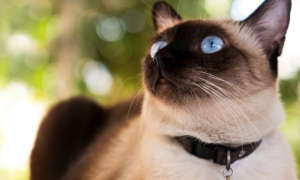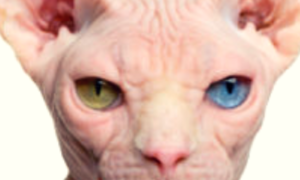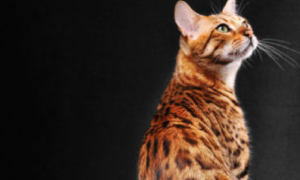 The roots of the Burmese cat date back to the 16th century and possibly even earlier. A Thai manuscript called Cat-Book of Poems describes this cat breed as supalak or copper cat.
The roots of the Burmese cat date back to the 16th century and possibly even earlier. A Thai manuscript called Cat-Book of Poems describes this cat breed as supalak or copper cat.
The modern line of the Burmese cat originated in the 1930s with a single brown shorthaired cat named Wong Mau. A retired Navy doctor obtained Wong Mau and bred her with a Siamese. She later bred with one of her offspring and the kittens were one of three color combinations, one being the unmarked brown which is the breed’s trademark color today.
Characteristics of Burmese Cats
This cat breed loves loves people and likes to cuddle, making them the ideal lap cat. Burmese are smart, athletic and good with children. They do demand a lot of attention and the female can tend to be quite bossy. Burmese have a deep voice and aren’t afraid to express themselves.
Burmese cats are very friendly, so it’s best they remain indoors. They are so sociable the males often help raise their offspring, making them the “Mr. Mom” of felines.
Health Problems With Burmese Cats
Health problems associated with Burmese include corneal dermoids (patch of hair and skin attached to the cornea, usually near the corner of the eye) which can be corrected surgically. Cherry eye (condition where the gland at base of the third eyelid protrudes and becomes irritated.) which must also be corrected surgically.
Another problem that can lead to health issues for the Burmese is wool sucking. The roots of this behavior can vary, but may be the result of weaning too early, anxiety relief or just plain boredom. Cats often pick a specific fabric for this nursing-like behavior, Burmese and Siamese seem to be quite prone to wool sucking.
If you’re looking for a chatty feline companion lap cat that’s good around children and other pets, then a Burmese cat would be a good choice!





